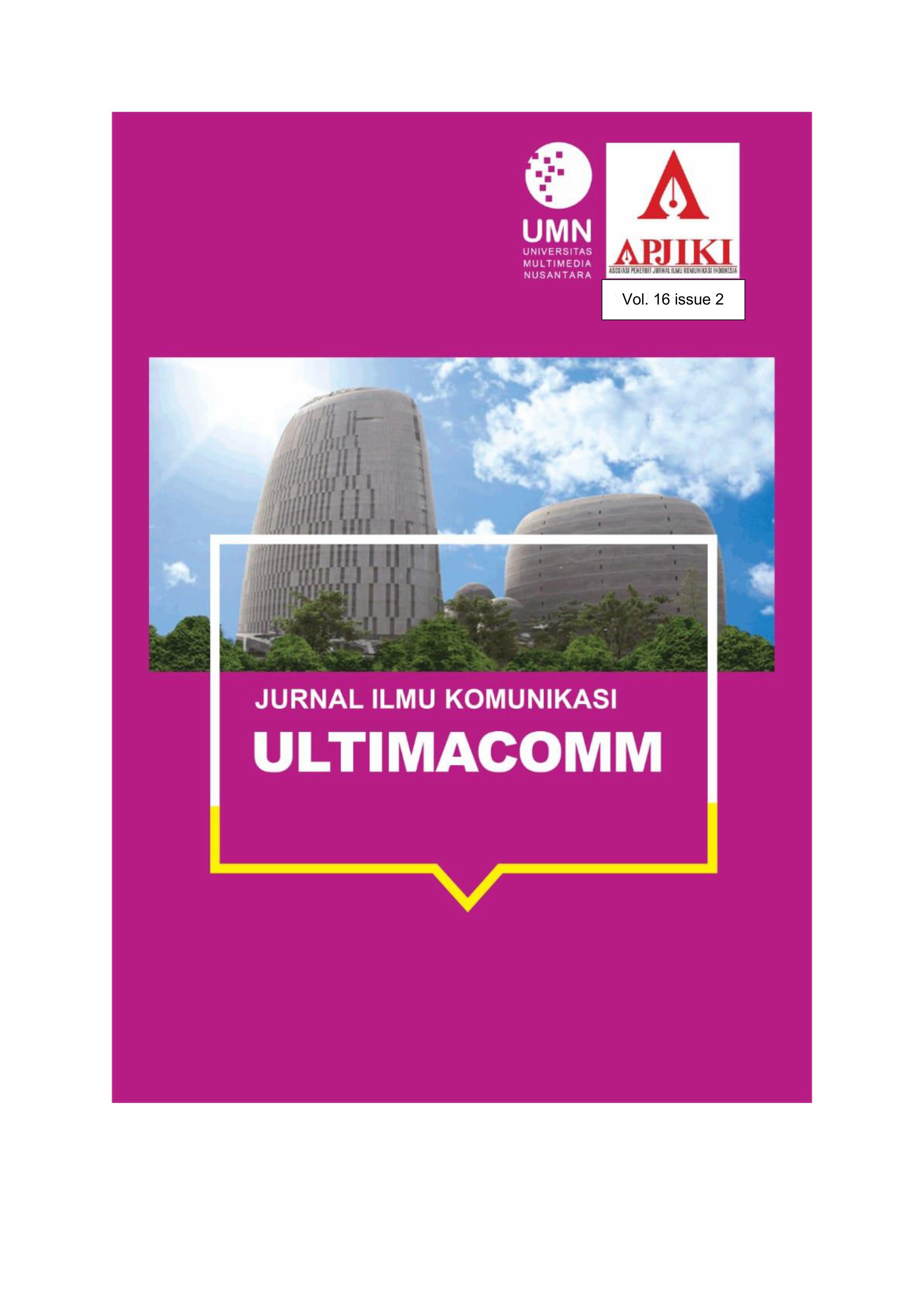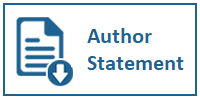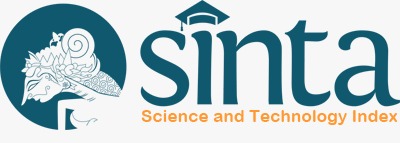Strategy of Cultural Adaptation of Foreign Teachers in Multicultural Classrooms at Springfield
Keywords:
Cultural Adaptation, Multicultural Classrooms, Foreign Teachers, Intercultural CompetenceAbstract
The cultural differences between foreign teachers and local students in multicultural classrooms impact teaching methods, communication styles, student-teacher interactions, and teaching preferences, affecting the effectiveness of learning. Studies on culture and educational communication in these settings are limited. This study investigates the cultural adaptation strategies of foreign teachers in multicultural classroom environments at Springfield High School. Utilizing Young Yun Kim's cultural adaptation theory framework, this research explores how foreign teachers at Springfield High School, an Indonesian school with an international curriculum, adjust in a collective educational setting, through a qualitative approach involving interviews with three participants and direct observations, employing a descriptive case study method. The findings highlight that foreign teachers' cultural adaptations involve key factors such as empathy, openness, flexibility, and support from the school environment. The model of cultural adaptation identified in this research is acculturation. This study contributes to the field of cross-cultural educational communication by emphasizing that foreign teachers need to understand the cultural backgrounds of local students to foster positive and meaningful interactions that enhance learning. The implications of this research include guiding the development of intercultural training programs designed to support foreign teachers and improve educational outcomes in multicultural classrooms. It underscores the importance of cultural competence among teachers working in these diverse environments.
Downloads
References
An, R., Zhu, J., Li, Y., & Zhu, H. (2022). Acculturation in a multicultural classroom: perspectives within the yin-yang metaphor framework. Language and Intercultural Communication, 22(5), 534–551. https://doi.org/10.1080/14708477.2022.2112960
Bajaba, A., Bajaba, S., Algarni, M., Basahal, A., & Basahel, S. (2021). Adaptive managers as emerging leaders during the COVID-19-19 crisis. Frontiers in Psychology, 12. https://doi.org/10.3389/fpsyg.2021.661628
Byram, M. (2020). Teaching and Assessing Intercultural Communicative Competence (2nd ed.). Multilingual Matters. https://doi.org/10.21832/BYRAM0244
Dubbeld, A., de Hoog, N., den Brok, P., & de Laat, M. (2019). Teachers' multicultural attitudes and perceptions of school policy and school climate in relation to burnout. Intercultural Education, 30(6), 599–617. https://doi.org/10.1080/14675986.2018.1538042
Hasanah, N., & Secokusumo, T. H. (2020). Evaluasi Kinerja Keuangan Satuan Pendidikan Kerjasama X Dengan Menggunakan Strategic Variance Analysis. Ilmu Manajemen Dan Bisnis, 11, 11–26.
Hofstede, G., Hofstede, G. J., & Minkov, M. (2010). Cultures and Organizations Software of The Mind. MCGraw Hill.
Karacabey, M. F., Ozdere, M., & Bozkus, K. (2019). The Attitudes of Teachers towards Multicultural Education. European Journal of Educational Research, volume-8-2(volume8-issue1.html), 383–393. https://doi.org/10.12973/eu-jer.8.1.383
Karadag, E. (2019). The effect of educational leadership on students' achievement: A cross-cultural meta-analysis research on studies between 2008 and 2018. Asia Pacific Education Review, 21(1), 49-64. https://doi.org/10.1007/s12564-019-09612-1
Kim, Y. S., & Kim, Y. Y. (2022). Communication Patterns, Host Receptivity, and Psychological Health in the Process of Cross-cultural Adaptation: A Study of Korean and Indonesian Expatriate Workers. Ohio Communication Journal, 60, 91–109. https://www.ohiocomm.org/wp-content/uploads/2022/06/Kim.pdf
Kustati, M., Yusuf, Y. Q., Hallen, H., Al-Azmi, H., & Sermal, S. (2020). EFL Teachers' Attitudes towards Language Learners: A Case of Multicultural Classrooms. International Journal of Instruction, 13(1), 353–370. https://doi.org/10.29333/iji.2020.13124a
Mulyana, D. (2010). Komunikasi lintas budaya: pemikiran perjalanan dan khayalan. Remaja Rosdakarya. https://books.google.co.id/books?id=NCQungAACAAJ
NaÄinović Braje, I., Klindžić, M., & Galetić, L. (2019). The role of individual variable pay in a collectivistic culture society: an evaluation. Economic Research-Ekonomska Istraživanja, 32(1), 1352–1372. https://doi.org/10.1080/1331677X.2018.1559073
Panocova, R. (2020). Theories of Intercultural Communication.
Pirade, G. S., Andadari, R. K., & Adhitya, D. (2020). Adaptasi Budaya Kerja Ekspatriat Amerika (Studi Pada Sekolah Internasional Di Salatiga). J-MKLI (Jurnal Manajemen Dan Kearifan Lokal Indonesia), 4(1), 1. https://doi.org/10.26805/jmkli.v4i1.72
Samovar, L. A., Porter, R. E., McDaniel, E. R., & Roy, C. S. (2017). Communication Between Cultures (9th ed.). CENGAGE Learning.
Åžafak-Ayvazoğlu, A., Kunuroglu, F., & Yağmur, K. (2021). Psychological and socio-cultural adaptation of Syrian refugees in Turkey. International Journal of Intercultural Relations, 80, 99-111. https://doi.org/10.1016/j.ijintrel.2020.11.003
Su, C. (2022). Geert Hofstede's Cultural Dimensions Theory and Its Implications in SLA. Academic Journal of Humanities & Social Sciences, 5(14). https://doi.org/10.25236/AJHSS.2022.051411
Tong, P., & Tsung, L. (2020). Humour strategies in teaching Chinese as second language classrooms. Elsevier, 91, 15. https://doi.org/https://doi.org/10.1016/j.system.2020.102245
Toyama, M., & Yamazaki, Y. (2022). Foreign Language Anxiety and Individualism-Collectivism Culture: A Top-Down Approach for a Country/Regional-Level Analysis. SAGE Open, 12(1), 215824402110691. https://doi.org/10.1177/21582440211069143
Wang, X. (2022). Brief Talk about the Cross-Cultural Education for Middle School Foreign Teachers. Transactions on Comparative Education, 4(2). https://doi.org/10.23977/trance.2022.040210
Downloads
Published
How to Cite
Issue
Section
License
Copyright (c) 2025 Laurin Violentika Halim, Bherta Sri Eko Murtiningsih, Rismi Juliadi

This work is licensed under a Creative Commons Attribution-NonCommercial-ShareAlike 4.0 International License.
Ultimacomm Jurnal Ilmu Komunikasi allows readers to read, download, copy, distribute, print, search, or link to its articles' full texts and allows readers to use them for any other lawful purpose. The journal allows the author(s) to hold the copyright without restrictions. Finally, the journal allows the author(s) to retain publishing rights without restrictions
1. Authors are allowed to archive their submitted article in an open access repository
2. Authors are allowed to archive the final published article in an open access repository with an acknowledgment of its initial publication in this journal















